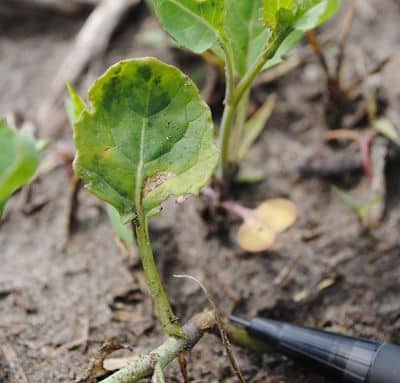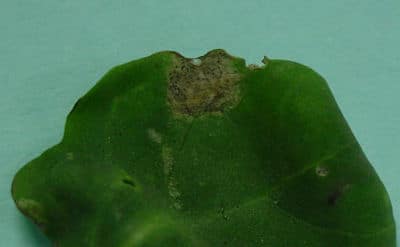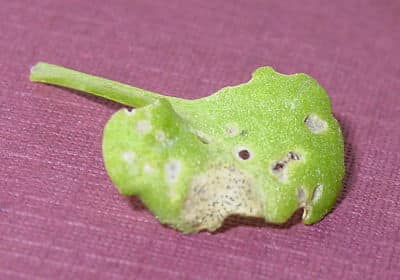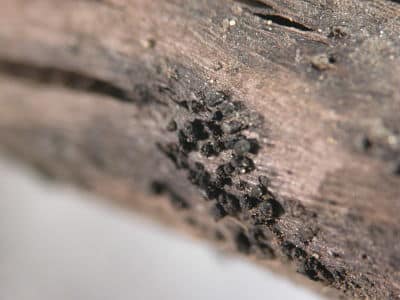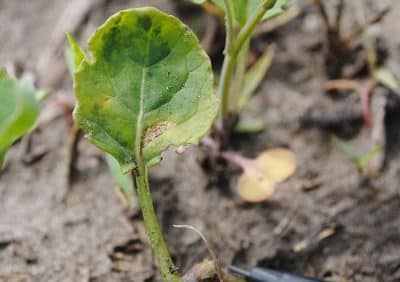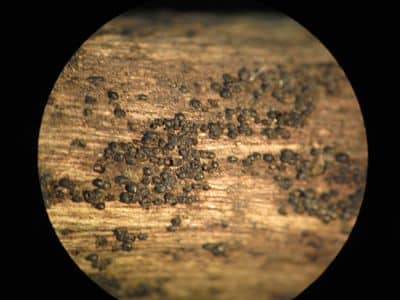Good returns from canola compared to other crops have encouraged many growers to tighten their canola rotations. This will encourage the build up of blackleg inoculum and could select for blackleg races that are more virulent against current canola resistance genes.
No one would like to return to a situation where resistant varieties are unavailable and blackleg can wipe out crops, but that could happen if selection pressure from tight rotations outpaces breeding efforts.
For long-term sustainability, growing canola one year in four on a field is still the best practice. Even where disease issues are less severe and genetic resistance is still working reasonably well, trends in yield and economic returns suggest canola should not be grown more often than one year in three. When growers feel they must tighten rotations, we encourage them to use blackleg management tools and knowledge to make the best of that decision.
Here are the tools:
Grow varieties with disease resistance. At a minimum, growers on tight rotations should choose varieties with an “R” or “MR” rating for blackleg. A rotation study conducted at Agriculture and Agri-Food Canada (AAFC) centres in Melfort and Scott, Saskatchewan from 2000-06 found that blackleg severity with canola in two-year and three-year rotations dropped significantly when growing an “R” rated hybrid compared to a susceptible variety.
Rotate varieties. Do not use the same variety in a tight rotation. Many genes are responsible for blackleg resistance in canola and at least 16 described virulent blackleg races are currently found on the Prairies. Growers don’t know which varieties have which resistance genes, but rotating varieties will likely bring a mix of resistance genes to the field over time, Hammond says. This reduces the risk of selecting for blackleg races that can overcome genetic resistance in any one variety. Q2, for example, went from an “R” rating when it was originally launched to an “MS” or “S” rating in some areas today because it only has one gene for blackleg resistance. Blackleg races have overcome that resistance gene in many regions.
Scout for disease. Start looking for blackleg again, both early in the season and just prior to crop maturity. Infection prior to the four-leaf stage can result in serious yield loss, but blackleg can be difficult to identify on such small plants.
Blackleg infection may occur on cotyledons, leaves, stems and pods. Leaf lesions are dirty white, round to irregularly shaped, and usually dotted with numerous small, black pycnidia (pepper-like spore-producing structures.) Stem lesions may be up to several inches in length, and are usually white or grey with a dark border. Numerous pycnidia form in the centre of the lesion. Lesions or cankers at the base of the stem may appear as a general blackening, with stem tissue constricted or pinched at the soil surface.
These basal cankers are what cause significant yield loss. They are easy to see late in the season, which is why scouting just prior to crop maturity is recommended. By observing the level of damage at this stage, growers can decide on a rotation and blackleg management plan for that field the following year. For more information, click here for the blackleg chapter in the Canola Growers‘ Manual.
Control volunteers. Canola volunteers and related weed species such as wild mustard can host blackleg and other canola diseases in non canola years. If not controlled, these volunteers and weeds act as a disease bridge, reducing the effectiveness of rotation and variety resistance for disease management.
Use certified seed. With certified seed, each canola plant should have the same genes and be equally resistant. With bin run seed from hybrids, this second generation seed may not have inherited the same mix of resistance genes. Seed treatments can control seed-borne blackleg infection, but do not protect seedlings and plants from later infection.
Weigh the benefit of fungicide. Tilt, Quadris and Headline are registered to control blackleg. They only have protectant activity and little or no eradicant activity, so ideally fungicides should be applied before blackleg symptoms are present. This requires some anticipation of the disease, so it probably won’t be a common practice until variety resistance starts to break down on certain fields and those growers come to expect an economic loss from blackleg on a regular basis.
In the AAFC rotation study from Melfort and Scott, generally there was little or no reduction in blackleg severity or improvement in yield when applying a fungicide on “R” rated varieties. For the susceptible variety (Westar), fungicide did reduce disease severity and provided a 14% yield increase, on average.
Additional notes
Consider your climate. Blackleg incidence and severity tend to be higher in regions that are humid and warm with frequent rain showers. Therefore tight rotations in areas with conditions conducive to disease development will tend to be less sustainable, from a blackleg management perspective, than tight rotations in area that are less humid with lower rainfall.
Blackleg spreads by wind. While most blackleg infection comes from canola residue within the same field, blackleg ascospores can be dispersed by wind. Blackleg spores do not carry as far as sclerotinia spores, but canola growing in fields that have never had canola can still be infected from infested fields immediately adjacent. In that case, infection tends to be highest in canola plants closest to this infested field.
No solid benefit from tillage or burning. A recently published study from AAFC in Melfort, Saskatchewan, looked at tillage and burning to manage disease. Neither measure worked to reduce blackleg severity in canola. “Differences in disease severity among tillage treatments were minimal,” the report concluded. As for burning, the report uses these words to explain the lack of consistent results: “It may be that when the crop residue is burnt, the fire quickly consumes the easily ignitable residue but does not burn uniformly over the field or is not hot enough to destroy … the thick woody basal canola stalks of previous crops that harbour the blackleg pathogen.”
Blackleg photo gallery
